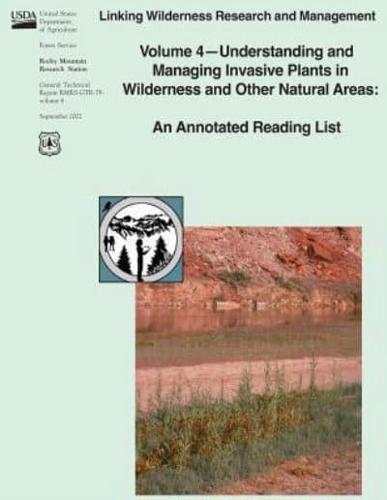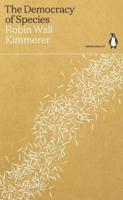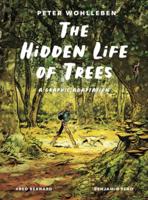Publisher's Synopsis
Invasive, nonnative plants are recognized as a significant and growing threat to natural ecosystems worldwide. Invasive plants disrupt natural conditions by changing the physical, chemical, and biological attributes of the areas they invade. This often leads to changes in communities of native species, shifts in ecological interactions, alteration of large scale ecosystem processes, and ultimately, a reduction in native biodiversity. Although wilderness areas are widely valued for their native flora and fauna and intact natural processes, these core aspects of wilderness are susceptible to, and increasingly threatened by, nonnative plant invasions. Most wilderness areas contain at least some invasive plants. In many wildernesses, invasive plants are already altering natural conditions. In addition to preventing new invasions and mapping and monitoring existing invasions, wilderness and other natural area managers are now faced with the complex problem of deciding how, when, and where to control such invasions. Controlling invasions in wilderness settings can be controversial, especially in Congressionally designated wilderness. The Wilderness Act of 1964 [Public Law 88 577] states that wilderness should be "protected and managed so as to preserve its natural conditions." However, the Act also mandates that wilderness be "untrammeled," or unmanipulated. Based on this language, wilderness areas historically have been managed in ways that minimize intentional human intervention. The increasing spread and impacts of invasive, nonnative plants, along with the fact that most known control efforts are intentionally manipulative, and that invasions in the absence of control will continue to decrease the naturalness of wilderness ecosystems, are leading to new challenges and conflicts in how to manage for and preserve natural conditions. Federal policy mandates that agency management decisions consider the best available science. This requires managers to be aware of current research regarding the ecology of invasive plants as well as available management options. Gathering the background information needed to properly manage invasive plants can be a formidable task. This is a large and rapidly expanding field, and the sheer volume of research and the number of disparate literature sources in which it is published can be overwhelming. To facilitate an understanding of this topic, and ultimately the ability to make informed management decisions, we have compiled an annotated reading list that covers those aspects of invasive plant ecology and management most relevant to wilderness and other areas managed for their ecological values. Our intent is to (1) promote an improved understanding of the ecology and impacts of invasive plants, (2) to familiarize managers with current literature on various management approaches, and (3) to facilitate access to relevant references.









